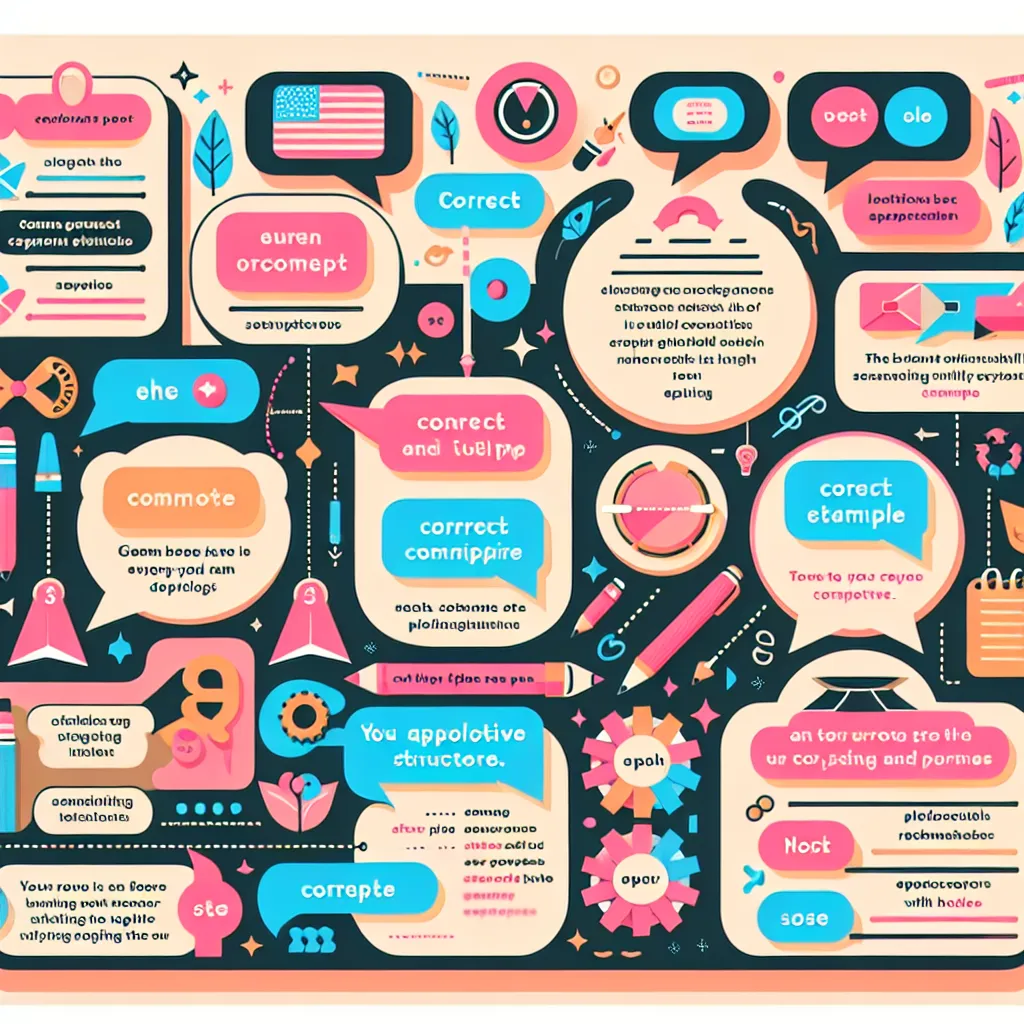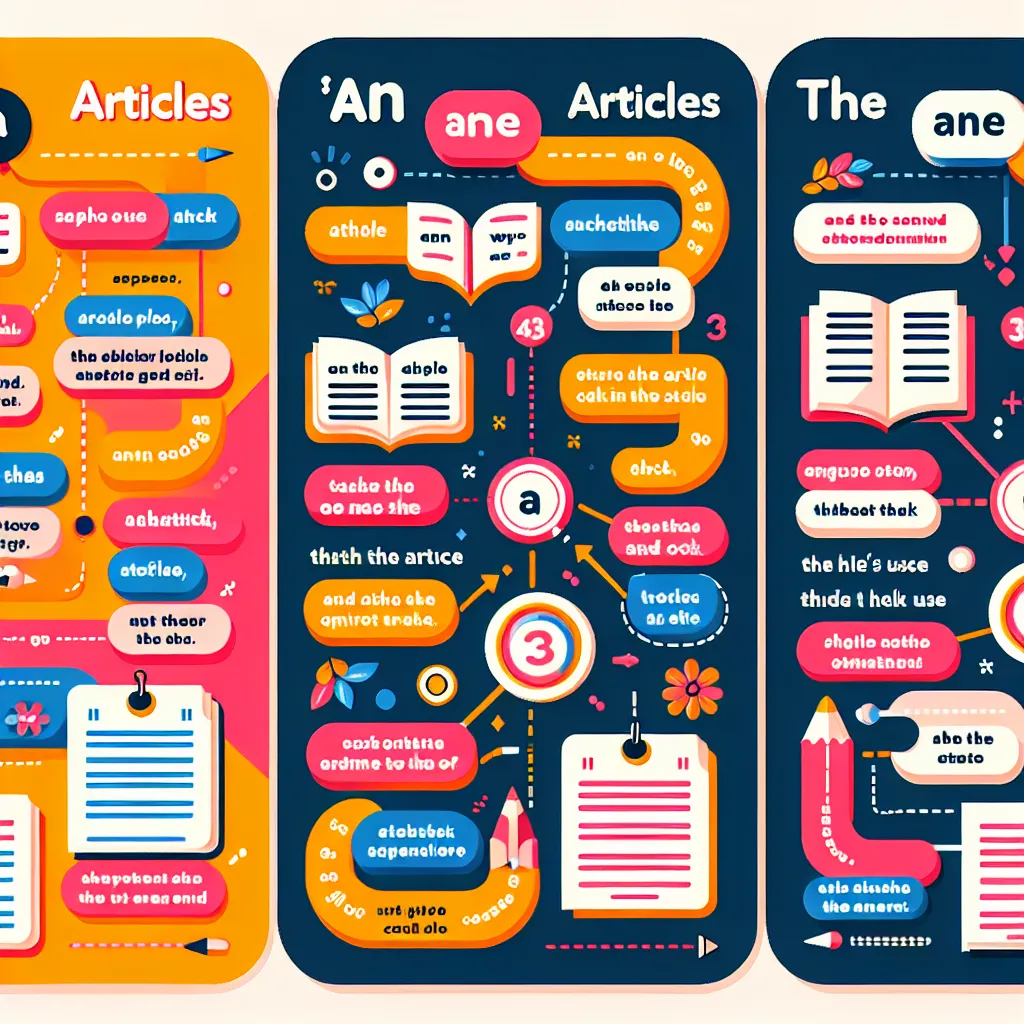Are you looking to elevate your English writing and speaking skills? Mastering advanced appositive structures is a powerful way to add sophistication and clarity to your language. This guide will walk you through the intricacies of using appositives effectively, helping you enhance your English proficiency for academic, professional, or personal purposes.
Understanding Appositive Structures
Appositive structures are phrases or clauses that provide additional information about a noun in a sentence. They can range from simple to complex, offering a versatile tool for enriching your language and conveying ideas more precisely.
What Are Appositives?
Appositives are nouns or noun phrases that rename or describe another noun in the same sentence. They typically follow the noun they modify and are set off by commas, dashes, or parentheses.
 Appositive Structure Example
Appositive Structure Example
For example:
- Simple appositive: “My friend, a talented musician, performed at the concert.”
- Complex appositive: “The ancient city, its walls crumbling from centuries of neglect, still attracted thousands of tourists annually.”
Why Are Advanced Appositives Important?
Advanced appositive structures allow writers and speakers to:
- Add depth and detail to their descriptions
- Combine multiple ideas efficiently
- Vary sentence structure for improved flow and engagement
- Demonstrate a higher level of language proficiency
Types of Advanced Appositive Structures
To use advanced appositive structures effectively, it’s crucial to understand their various forms. Let’s explore some sophisticated ways to incorporate appositives into your writing.
Participial Phrase Appositives
Participial phrases can function as appositives, adding dynamic information to your sentences.
Example: “The CEO, known for her innovative strategies, announced a new company direction.”
Absolute Phrase Appositives
Absolute phrases can serve as complex appositives, providing additional context or explanation.
Example: “The project, its deadline looming, required immediate attention from the entire team.”
Appositive Clauses
Full clauses can act as appositives, offering substantial additional information.
Example: “The theory, which challenges conventional wisdom in the field, has sparked considerable debate among scientists.”
Implementing Advanced Appositive Structures
Now that we’ve covered the types of advanced appositives, let’s look at how to implement them effectively in your writing and speaking.
Tips for Using Advanced Appositives
- Start with simple appositives and gradually increase complexity
- Use appositives to combine short, related sentences for improved flow
- Ensure the appositive clearly relates to the noun it modifies
- Vary the placement of appositives within sentences for stylistic effect
Common Mistakes to Avoid
When using advanced appositive structures, be wary of:
- Overuse, which can make writing feel cluttered
- Misplacement, leading to confusion about which noun is being modified
- Incorrect punctuation, which can disrupt the sentence flow
 Common Appositive Mistakes
Common Appositive Mistakes
Practical Exercises
To master advanced appositive structures, practice is key. Try these exercises to hone your skills:
- Sentence Combining: Take two related sentences and combine them using an appositive structure.
- Appositive Identification: In a piece of advanced writing, identify and analyze the use of appositives.
- Creative Writing: Draft a paragraph using at least three different types of appositive structures.
For more advanced sentence structure tips, check out our guide on advanced sentence structure tips.
Advanced Applications
Once you’ve mastered basic appositive structures, you can apply them in more sophisticated ways:
In Academic Writing
Use appositives to:
- Introduce key terms or concepts
- Provide brief explanations or examples
- Summarize complex ideas concisely
Example: “The phenomenon of neuroplasticity, the brain’s ability to reorganize itself by forming new neural connections, has revolutionized our understanding of cognitive development.”
In Creative Writing
Employ appositives to:
- Create vivid character descriptions
- Set scenes with rich detail
- Develop a unique narrative voice
Example: “The old lighthouse, a weathered sentinel on the rocky shore, stood witness to centuries of maritime history.”
For more insights on using advanced structures in various contexts, explore our article on how to use advanced syntactic structures in reports.
Conclusion
Mastering advanced appositive structures is a valuable skill that can significantly enhance your English proficiency. By understanding the various types of appositives and practicing their implementation, you can add depth, clarity, and sophistication to your writing and speaking. Remember to use these structures judiciously and always prioritize clear communication.
As you continue to develop your language skills, consider exploring more complex sentence structures. Our guide on how to form complex sentences in English offers further insights to help you on your journey to advanced English proficiency.
Keep practicing, and soon you’ll find yourself using advanced appositive structures with confidence and ease, elevating your English to new heights.




